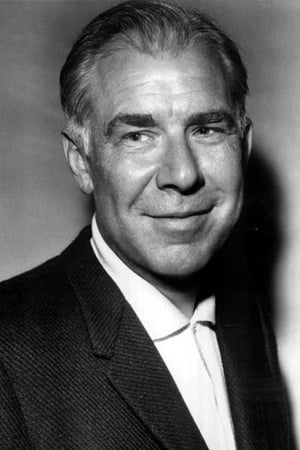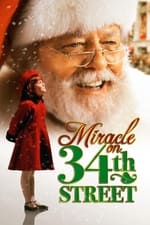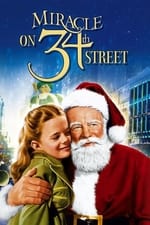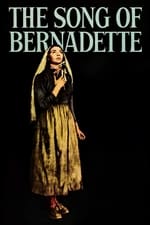Información personal
Conocido por Guion
Créditos conocidos 48
Sexo Masculino
Fecha de nacimiento 17 de abril de 1911
Fecha de defunción 28 de julio de 1979 (68 años)
Lugar de nacimiento South Bend, Indiana
También conocido como
- -
Puntuación del contenido
100
¡Sí! ¡Buena pinta!
Iniciar sesión para informar de un problema
Biografía
From Wikipedia, the free encyclopedia.
George Seaton (April 17, 1911 – July 28, 1979) was an American screenwriter, playwright, film director and producer, and theatre director.
Born George Stenius in South Bend, Indiana, Seaton moved to Detroit after graduating from college to work as an actor on radio station WXYZ. John L. Barrett played The Lone Ranger on test broadcasts of the series in early January 1933, but when the program became part of the regular schedule Seaton was cast in the title role. In later years he claimed to have devised the cry "Hi-yo, Silver" because he couldn't whistle for his horse as the script required.
Seaton joined Metro-Goldwyn-Mayer as a contract writer in 1933. His first major screen credit was the Marx Brothers comedy A Day at the Races in 1937. In the early 1940s he joined 20th Century Fox, where he remained for the rest of the decade, writing scripts for Moon Over Miami, Coney Island, Charley's Aunt, The Song of Bernadette, and others before making his directorial debut with Diamond Horseshoe in 1945. From this point on he was credited as both screenwriter and director for most of his films, including The Shocking Miss Pilgrim, Miracle on 34th Street, Apartment for Peggy, Chicken Every Sunday, The Big Lift, For Heaven's Sake, Little Boy Lost, The Country Girl, and The Proud and Profane.
But Not Goodbye, Seaton's 1944 Broadway debut as a playwright, closed after only 23 performances, although it later was adapted for the 1946 film The Cockeyed Miracle by Karen DeWolf. In 1967 he returned to Broadway to direct the Norman Krasna play Love in E Flat, which was a critical and commercial flop. The musical Here's Love, adapted from his screenplay for Miracle on 34th Street by Meredith Willson, proved to be more successful.
Seaton won the Academy Award for Best Adapted Screenplay twice, for Miracle on 34th Street (which also earned him the Golden Globe Award for Best Screenplay) and The Country Girl, and was nominated for Oscars three additional times. He received The Jean Hersholt Humanitarian Award in 1961.
Seaton died of cancer in Beverly Hills, California.
Description above from the Wikipedia article George Seaton, licensed under CC-BY-SA, full list of contributors on Wikipedia
From Wikipedia, the free encyclopedia.
George Seaton (April 17, 1911 – July 28, 1979) was an American screenwriter, playwright, film director and producer, and theatre director.
Born George Stenius in South Bend, Indiana, Seaton moved to Detroit after graduating from college to work as an actor on radio station WXYZ. John L. Barrett played The Lone Ranger on test broadcasts of the series in early January 1933, but when the program became part of the regular schedule Seaton was cast in the title role. In later years he claimed to have devised the cry "Hi-yo, Silver" because he couldn't whistle for his horse as the script required.
Seaton joined Metro-Goldwyn-Mayer as a contract writer in 1933. His first major screen credit was the Marx Brothers comedy A Day at the Races in 1937. In the early 1940s he joined 20th Century Fox, where he remained for the rest of the decade, writing scripts for Moon Over Miami, Coney Island, Charley's Aunt, The Song of Bernadette, and others before making his directorial debut with Diamond Horseshoe in 1945. From this point on he was credited as both screenwriter and director for most of his films, including The Shocking Miss Pilgrim, Miracle on 34th Street, Apartment for Peggy, Chicken Every Sunday, The Big Lift, For Heaven's Sake, Little Boy Lost, The Country Girl, and The Proud and Profane.
But Not Goodbye, Seaton's 1944 Broadway debut as a playwright, closed after only 23 performances, although it later was adapted for the 1946 film The Cockeyed Miracle by Karen DeWolf. In 1967 he returned to Broadway to direct the Norman Krasna play Love in E Flat, which was a critical and commercial flop. The musical Here's Love, adapted from his screenplay for Miracle on 34th Street by Meredith Willson, proved to be more successful.
Seaton won the Academy Award for Best Adapted Screenplay twice, for Miracle on 34th Street (which also earned him the Golden Globe Award for Best Screenplay) and The Country Girl, and was nominated for Oscars three additional times. He received The Jean Hersholt Humanitarian Award in 1961.
Seaton died of cancer in Beverly Hills, California.
Description above from the Wikipedia article George Seaton, licensed under CC-BY-SA, full list of contributors on Wikipedia
Guion
Dirección
|
||||||
|
||||||
|
||||||
|
||||||
|
||||||
|
||||||
|
||||||
|
||||||
|
||||||
|
||||||
|
||||||
|
||||||
|
||||||
|
||||||
|
||||||
|
||||||
|
||||||
|
Producción
|
||||||
|
||||||
|
||||||
|
||||||
|
||||||
|
||||||
|
||||||
|
||||||
|
||||||
|
||||||
|
Interpretación
|
|||
|
|||
|








